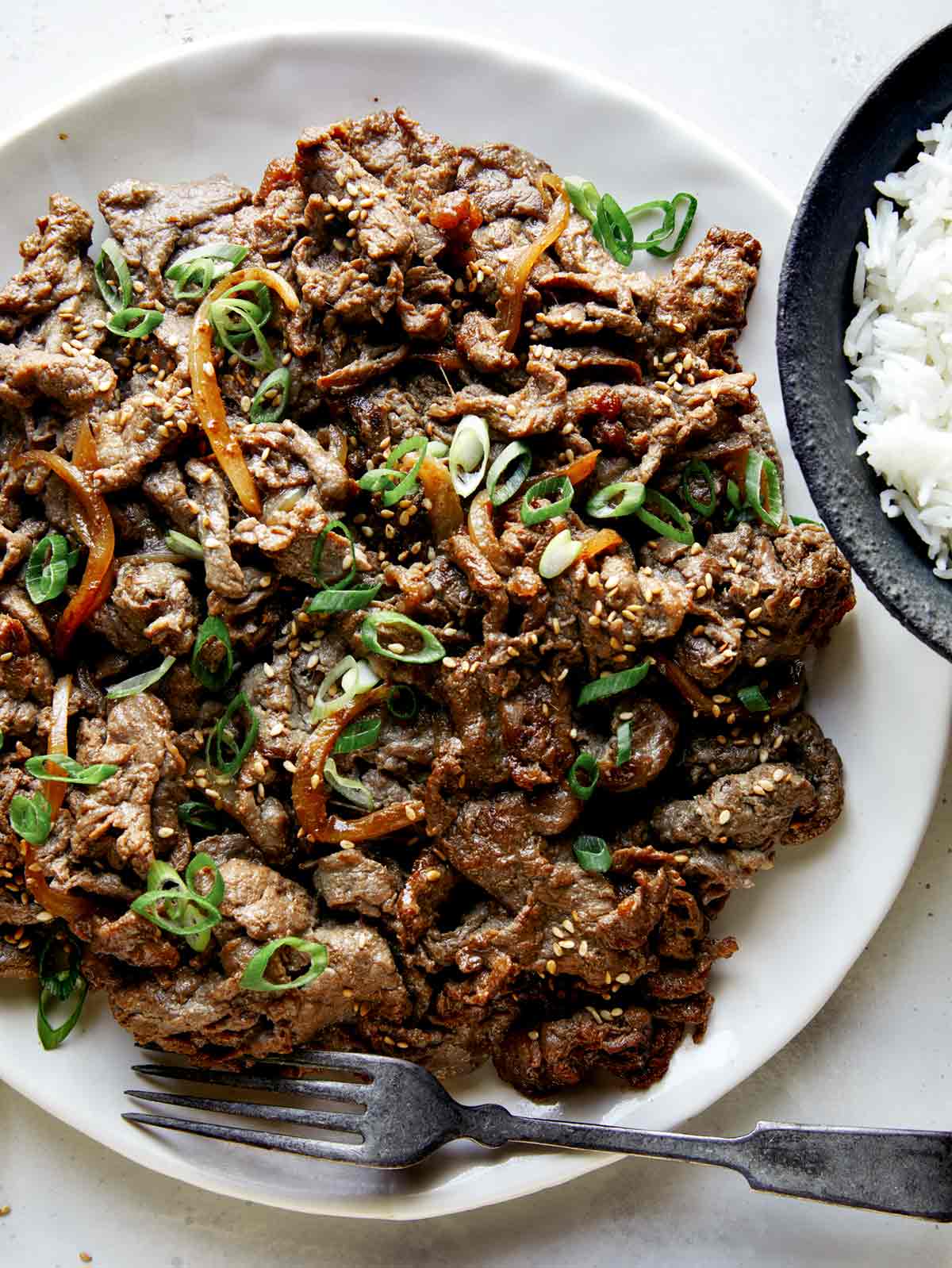Meat Sauces and Spices Concepts for Flavorful Dishes
Meat Sauces and Spices Concepts for Flavorful Dishes
Blog Article
From Farm to Table: Fresh and Costs Meat Choices
The journey of meat from ranch to table envelops a complicated interplay of top quality, values, and sustainability. This change not only boosts the dietary profile of meat but also sustains local economic climates.
Recognizing Meat Sourcing
As consumers come to be significantly aware of the beginnings of their food, recognizing meat sourcing has acquired extremely important value. Meat sourcing involves mapping the trip of meat from ranch to table, including numerous elements such as farming practices, pet welfare, and environmental impact. This understanding equips customers to make informed selections that line up with their worths, particularly regarding sustainability and honest factors to consider.
The sourcing of meat can differ substantially based upon several criteria, including the type of livestock, farming methods, and geographical area. Grass-fed beef often comes from pasture-based systems that promote animal welfare and minimize ecological deterioration. Alternatively, standard meat might entail extensive farming practices that elevate problems regarding antibiotic usage and habitat destruction.
Knowing the details ranch or region where the meat originates assists consumers make certain quality and safety and security. Ultimately, comprehending meat sourcing not only boosts consumer choice however additionally cultivates liable consumption and sustains honest farming practices.
Benefits of Fresh Meat
Picking fresh meat offers various benefits that expand past taste and structure. Fresh meat typically preserves higher dietary worth contrasted to its icy or refined counterparts. It is commonly richer in important vitamins and minerals, such as B vitamins, iron, and zinc, which are vital for keeping general wellness.
In addition, the sourcing of fresh meat commonly includes shorter supply chains, decreasing the time in between ranch and table. This suggests that the meat is much less most likely to lose its dietary stability during transport and storage space. Furthermore, consumers can experience enhanced taste and juiciness, which can raise cooking experiences.
Fresh meat also offers a chance for customers to support regional farmers and promote lasting farming practices. When acquiring from local resources, individuals can contribute to their neighborhood economic climate and promote a greater connection to the food they eat.
Finally, fresh meat is generally cost-free from the chemicals and additives typically discovered in refined choices. This makes it a cleaner, healthier option for those seeking to minimize their consumption of fabricated active ingredients. Generally, the advantages of selecting fresh meat encompass health and wellness, taste, and a sense of neighborhood interaction.
Animal Welfare Requirements
Making sure high pet welfare requirements is essential for both ethical factors to consider and the high quality of meat items. The treatment of livestock directly affects not just the ethical effects of meat production yet also the total high quality and security of the end items. Pets raised in humane problems are much less worried, causing much healthier animals and, consequently, superior meat quality.
Regulations and qualifications concerning animal welfare have become increasingly significant in the meat market. These structures ensure pets are supplied with sufficient room, appropriate nutrition, and humane handling throughout their lives. Practices such as pasture-raised systems and free-range settings add to far better animal well-being by permitting pets to exhibit all-natural behaviors, which is vital for their health.
Moreover, customers are ending up being much more discerning concerning the resources of their meat, causing a growing demand for items that stick to rigorous animal well-being criteria. This change not only promotes moral farming methods yet also motivates manufacturers to take on measures that enhance the health and find out here wellness and well-being of their pets. Meat. Inevitably, prioritizing pet well-being is not just a moral imperative; it is also a path to producing premium-quality meat that fulfills customer assumptions

Sustainable Farming Practices
Sustainable farming techniques additional resources play an important duty in boosting both animal well-being and the top quality of meat products. By applying rotational grazing, farmers can promote healthy field ecosystems, permitting pets to feed on nutrient-rich turfs while preventing overgrazing.
Furthermore, lasting farming usually incorporates incorporated pest management and natural feed alternatives, reducing the use of hazardous chemicals. This approach not only safeguards animal health however additionally causes cleaner, safer meat products for customers. Water conservation techniques, such as rain harvesting and efficient irrigation systems, even more add to sustainable techniques, making sure that resources are utilized judiciously.
Furthermore, cultivating biodiversity via polyculture systems and protecting habitats for wild animals boosts the durability of farming environments. By prioritizing these lasting methods, farmers can generate top notch meat that satisfies customer need while promoting environmental equilibrium. Inevitably, welcoming sustainable farming techniques is important for producing a more liable and durable food system that benefits animals, farmers, and customers alike.
Picking High Quality Over Amount
Regularly, customers are faced with the predicament of choosing in between amount and high quality when it involves meat items. While purchasing larger quantities might appear economically helpful, the lasting benefits of choosing high-grade meat much surpass the immediate cost savings. Quality meat is frequently sourced from pets elevated in lasting environments, where they are offered correct nourishment and care, resulting in exceptional flavor and nutritional value.
Premium meats are typically devoid of dangerous ingredients, hormones, and antibiotics that are usually present in mass-produced options site here (Meat). This not just guarantees a healthier eating experience but additionally supports honest farming practices that prioritize animal welfare. Furthermore, costs meats tend to have a better structure and taste, improving the general culinary experience
Purchasing high quality meat urges consumers to value smaller sized parts, permitting an extra conscious method to eating. This change not just impacts personal wellness positively but also advertises lasting consumption patterns that can profit the setting. To conclude, prioritizing top quality over amount when selecting meat items fosters an extra accountable and health-conscious way of life, eventually enhancing both the eating experience and the planet.
Final Thought

Report this page